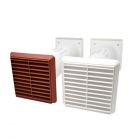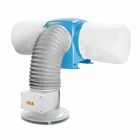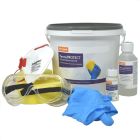Help & Advice Articles, Videos and How-to-Guides
Filter Articles
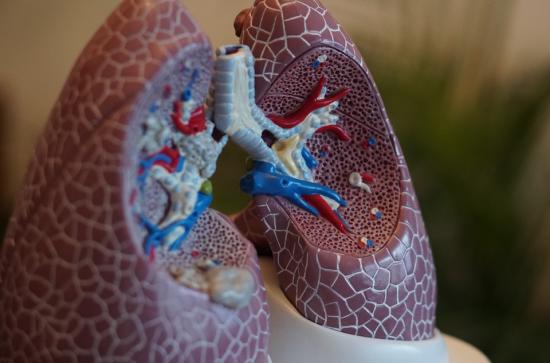
The Health Risks of Damp & Mould and How to Prevent Them
Living with mould and damp in your home is extremely unpleasant and can make day-to-day life very uncomfortable. The health risks of damp and mould can even make your home a hazardous place to live.
In this article, we’ll explore the different health risks associated with damp and mould in the home. We’ll look at what causes these health conditions, who is most susceptible to them, and outline key health advice from leading health authorities.
We’ll also discuss what you can do to prevent and treat damp and mould, and protect yourself from health problems.
How does damp and mould affect health?
To understand how damp and mould affects the health, it’s important to understand what mould and damp actually are.
What is Damp?
Damp is caused by excess moisture in a building. This excess moisture is either making its way into your property from outside (penetrating damp / rising damp), or from condensation that has formed within the building. Poor ventilation, excess moisture and poorly heated homes are common causes of condensation-related damp. This article explains what causes damp in more detail and provides some pointers on spotting the type of damp.
Damp or humid conditions are perfect conditions for mould to grow.
What is mould?
Black Mould is a type of fungus that grows and develops in damp or humid conditions. Depending on how serious the mould problem is, it can vary in appearance.
Black mould starts to produce spores - these allow mould to keep reproducing and growing. Mould spores are responsible for most health problems caused by damp and mould in the home.
What exactly are mould spores?
Mould spores are tiny structures produced by mould in order to reproduce and grow. They’re incredibly small - half the width of a human hair, which means they can float in the air unseen.
These spores are allergens, which means they can cause various allergic reactions. That’s why inhaling or touching mould spores can cause health issues or make existing conditions worse.
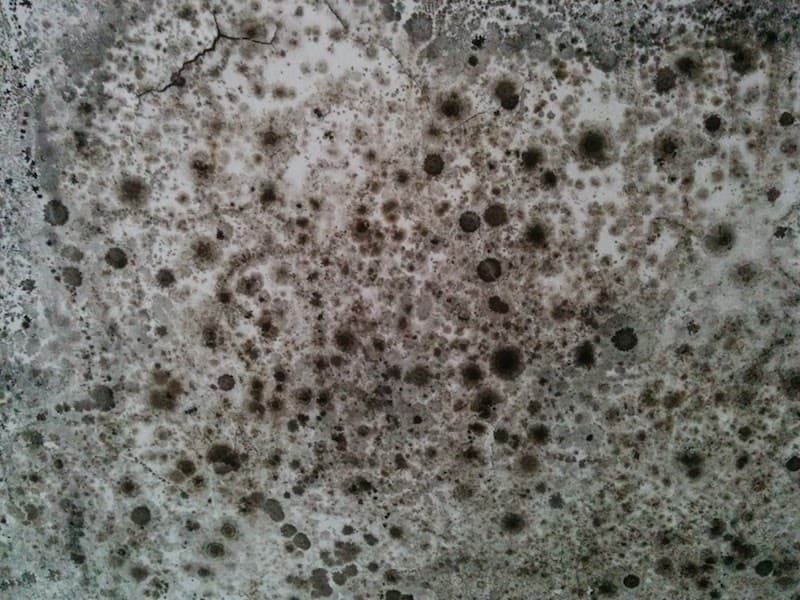
The effects of mould spores on health
The NHS explains that contact with mould spores can leave you more susceptible to developing a range of different health conditions. The most common of these health conditions are listed below:
Respiratory problems caused by mould
Respiratory problems are a common complaint from those living in mouldy environments.
Symptoms can include trouble breathing, a tight chest, coughing, and wheezing. These symptoms are usually mild but can become chronic if you’re exposed to mould spores over a prolonged period of time.
General respiratory problems can sometimes develop into a more complex respiratory infection like the common cold. Again, this infection can become chronic if you’re exposed to mould spores on a long-term basis.
More specific symptoms of a respiratory infection include:
- coughing
- mild fever (more common in children)
- a blocked and/or runny nose
- pain or pressure behind the face
- a scratchy or sore throat
- sneezing
If you experience these symptoms over several years, your health problems could be caused by mould.
Can mould cause asthma?
A common concern about mould and the respiratory system is whether mould exposure directly causes asthma.
Mould spores themselves cannot cause asthma. However, if you already suffer from the condition and have an allergy to mould, exposure to mould spores can cause more frequent and serious asthma attacks.
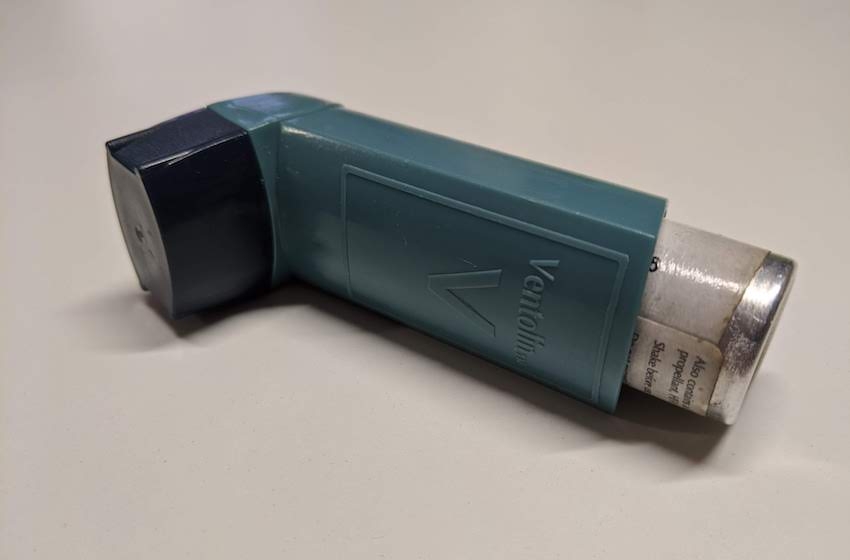
Skin conditions caused by mould in the home
Another common health issue caused by mould spores is skin rashes.
Skin rashes are caused by an allergic reaction to mould spores. This allergic reaction can affect people who are already prone to skin breakouts, such as those suffering with eczema, as well as individuals who don’t have an underlying skin condition.
According to the NHS, allergic skin rashes commonly present as:
- dry, red and cracked skin
- a raised, itchy, red rash (hives)
- itchy, red, watering eyes (conjunctivitis)
If you are concerned about your health and the potential impact of mould, visit the NHS website and contact a health professional.
Mould and mental health
Living with mould doesn’t just have an effect on physical health. A study in 2007 found a connection between damp, mouldy homes and depression.
The stress of living in a mouldy home can be high. There is the damage to your possessions, the unattractive appearance and smell, and the concerns around its impact on your health and that of your loved ones. Some people may feel overwhelmed by it and not see a clear resolution or are concerned about the financial costs.
More recent research also suggests that mould toxicity, a condition that occurs when mould toxins accumulate in the body, can also lead to symptoms of depression, anxiety, attention difficulties, brain fog and insomnia.
This suggests that some health issues associated with mould can be more difficult to detect than the more obvious physical symptoms - although they can be equally as debilitating.
Who is most at risk from developing damp and mould related health issues?
Exposure to mould spores is not healthy for anyone and should be avoided as much as possible. However, there are certain groups of people who need to take extra precautions to avoid contact with mould because they’re more likely to be sensitive to the allergens.
Many pregnant women and new parents are particularly concerned about the impact of mould on their children. Babies and children are more vulnerable to mould, so you should do all you can to tackle it.
According to the NHS, those groups of people more sensitive to allergens include:
- babies and children
- elderly people
- anyone with existing skin problems, such as eczema
- anyone with respiratory problems, such as allergies and asthma
- anyone with a weakened immune system

Preventing health problems from damp and mould
There are many ways to tackle mould and damp in your home and protect your health. At Permagard, we specialise in providing products and advice that can prevent and counteract the effects of mould in your home.
Our expert team are here to help match the right product to your issue - give us a call today on 0117 982 3282.
Damp and mould in the bedroom
Bedrooms are prone to mould because they’re more likely to suffer from condensation build-up. This is because bedrooms are often kept warm at night and breathing creates additional moisture.
Mould in the bedroom can present a real risk to health simply because you spend a lot of time exposed to mould spores while you sleep during the night. If you’re more sensitive to mould allergens, this can be particularly hazardous. Either way, mould in the bedroom can take a toll on your health over time.
Removing and preventing mould in the bedroom
If mould is growing on your bedroom walls, our article on how to get rid of mould in your bedroom gives you step by step instructions on how to remove it.
Once removed, you can use various anti-mould products to help you prevent mould from re-growing in your bedroom. Ventilation is also key - more on this shortly.
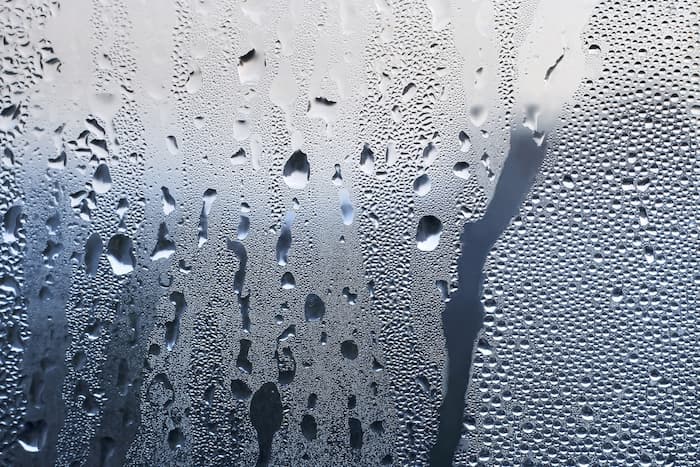
Damp and mould in the bathroom
Due to the humidity of bathrooms, it’s very common for these spaces to develop damp and mould. A poorly ventilated bathroom encourages humid air to linger around, preventing wet surfaces from drying out - quickly leading to mould.
Although you spend less time in the bathroom than the bedroom, exposure to bathroom mould can still have a negative effect on your health. It’s important to take measures to reduce bathroom condensation.
Condensation is a huge contributor to mould in bathrooms. This article on how to avoid condensation in bathrooms highlights the best ways to control and reduce condensation in bathrooms and help you avoid any bathroom mould health risks.
Controlling condensation to prevent mould
Bathrooms and bedrooms are common spaces for mould growth. However, anywhere in the home can be affected. Condensation is the most common cause of mould.
Condensation occurs when moist air comes into contact with other air or surfaces that are at a lower temperature.
To avoid condensation in the home, you need to have a well-ventilated home. Our article on how to ventilate your home is full of actionable advice that can help you reduce condensation through ventilation and avoid mould build-up, along with the health risks associated with it.
We’ve also written an article on how to stop condensation which offers advice on how to protect your home from condensation.
Our condensation control advice section offers specialist insights about how to keep condensation, and therefore mould, at bay. You’ll also find a huge selection of condensation control products that will help you tackle the root cause of mould in your home. These include positive input ventilation products, which eliminate surface condensation by replacing humid air with fresh filtered air. We also sell passive vents, which work by allowing damp air out of your home and clean dry air back in.
Penetrating & Rising Damp and Mould
Water may be coming into your home from outside due to a building fault and causing damp issues. Common causes of penetrating damp can include blocked gutters, failed render, and faulty roofing. Before tackling the damp, you will need to uncover and resolve the underlying fault.
Rising damp is a comparatively rare form of damp that affects the walls of buildings. It describes when moisture from the ground travels up through a wall, leading to damp and salt issues. You will spot warning signs on internal walls, often a visible stain known as a tide mark at the point where the water has reached.
Most buildings have a barrier that prevents water from rising up in this way, however, this can fail or not exist for various reasons. You need to either fix the problem or inject a new barrier - known as a damp proofing cream.
Permagard – Providing Solutions. Inspiring Confidence.
If you have any questions about the effect of mould on health, consult this mould and damp guide from the NHS. If you have serious concerns about your health due to mould, you should speak to a professional healthcare provider.
If you’d like any information on our ventilation systems or how to get rid of condensation or mould in your home, give our team a call on 0117 982 3282. Our experts will advise you on the best methods for your situation.
Header image by Robina Weermeijer via Unsplash.

